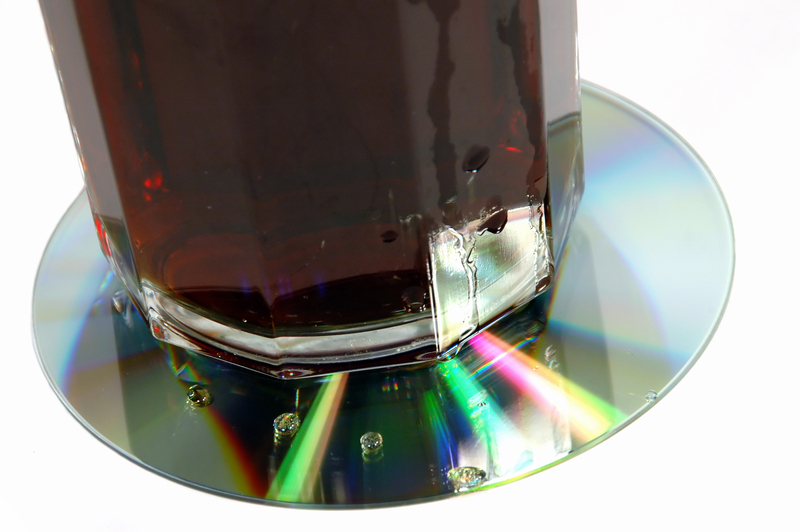Glass Recycling: From Collection to Reuse
In today's world, the importance of recycling cannot be overstated. With an ever-increasing emphasis on sustainability and reducing environmental impact, glass recycling stands out as a key component of waste management strategies. In this comprehensive guide, we'll explore everything you need to know about the process of glass recycling--from collection to reuse.
The Significance of Glass Recycling
Glass is one of the oldest and most versatile materials used by humans. Unlike other materials, glass is 100% recyclable and can be recycled endlessly without loss in quality or purity. This makes it an ideal candidate for recycling, drastically reducing the energy footprint and demand for new raw materials.
1. Environmental Benefits
The environmental benefits of glass recycling are numerous. Here are a few highlights:
- Energy Conservation: Recycling glass saves approximately 30% of the energy required to create new glass from raw materials.
- Reduction in Raw Material Usage: Glass recycling helps in conserving natural resources, including sand, soda ash, and limestone.
- Limiting Landfill Use: By recycling glass, we reduce the amount of waste sent to landfills, thus prolonging their lifespan.
2. Economic Benefits
Beyond its environmental impact, glass recycling also offers significant economic advantages:
- Job Creation: The recycling industry creates jobs in collection, processing, and manufacturing.
- Cost-Effectiveness: Using recycled glass in manufacturing reduces the cost for manufacturers and ultimately for consumers.

The Glass Recycling Process
The process of glass recycling is systematic and involves several stages, from collection to the final reuse of materials. Let's explore these steps in detail.
Collection
Glass recycling begins with the _collection_ of used glass products. Collection is crucial because it ensures a steady supply of recyclable material. Glass is usually collected through:
- Curbside Collection: Many municipalities offer curbside recycling programs where households can dispose of glass along with other common recyclables.
- Drop-off Centers: These are designated locations where individuals can bring their recyclable glass.
- Buyback and Donation Centers: Some centers may offer incentives for glass collection, encouraging more people to recycle.
It's essential to note that glass collected for recycling must be free of contaminants like metal caps and lids, which can complicate the recycling process.
Sorting and Cleaning
After collection, the glass is sorted by color and cleaned to remove impurities. This stage ensures that the recycled glass is of high quality. Common colors include:
- Clear (flint): Used primarily in food and beverage containers.
- Green: Typically used for bottles of wine, beer, and some juices.
- Brown (amber): Primarily used for beer bottles.
The _sorting_ process can be manual or automated using advanced technologies like optical sorting systems. Cleaning involves the elimination of residues and labels to produce a pure cullet--a small granulated fragment used in the next stages of glass manufacturing.
Crushing and Melting
Once sorted and cleaned, the glass is crushed into cullet. This cullet is then melted in high-temperature furnaces, where it becomes moldable, allowing it to be reshaped into new products. Melting recycled glass requires considerably less energy compared to manufacturing new glass from raw materials.
Manufacturing and Reuse
The melted glass is then transformed into various products. Common applications include:
- New Containers: Recycled glass is often turned into new bottles and jars.
- Building Materials: Used as aggregate in construction or as a sandblasting medium.
- Decorative Items: From vases to tiles, recycled glass finds its place in both functional and artistic settings.
Challenges in Glass Recycling
Despite its benefits, glass recycling faces several challenges. Here are a few prominent ones:
- Contamination: Non-glass materials mixed with recyclables can disrupt the recycling process.
- Transportation Costs: Glass is bulky and heavy, making transportation more expensive compared to other recyclable materials.
- Market Dynamics: Economic fluctuations can impact the demand for recycled glass products.

Advancing Glass Recycling Practices
To make glass recycling more efficient and widespread, innovative solutions and policies are necessary. Here are some approaches that could make a difference:
- Improved Collection Systems: Enhancing the reach and efficiency of collection systems can increase the volume of glass recycled.
- Public Awareness Programs: Educating the public on the dos and don'ts of glass recycling can reduce contamination and improve overall recycling rates.
- Investment in Technology: Promoting research and development can lead to advanced sorting techniques and new uses for recycled glass materials.
Conclusion
Glass recycling is an invaluable part of efforts to embrace sustainability and environmental responsibility. By understanding the process--from collection to reuse--and addressing current challenges, society can make strides toward a circular economy where resources are reused rather than discarded. As individuals and communities invest in innovative practices and technologies, the benefits of glass recycling will continue to grow, creating a cleaner, more efficient world for future generations.
Engage in your local glass recycling efforts today! Not only will you be helping the environment, but you'll also contribute to a sustainable economy.